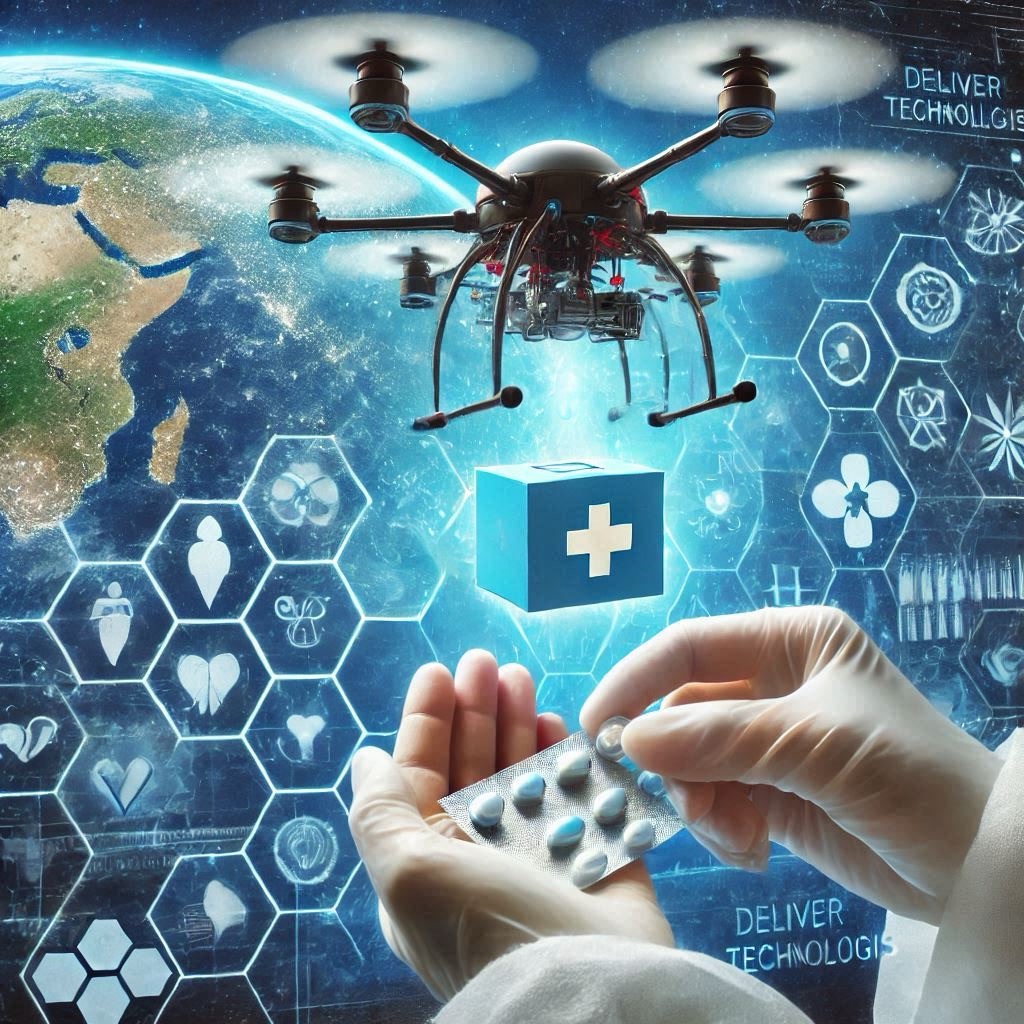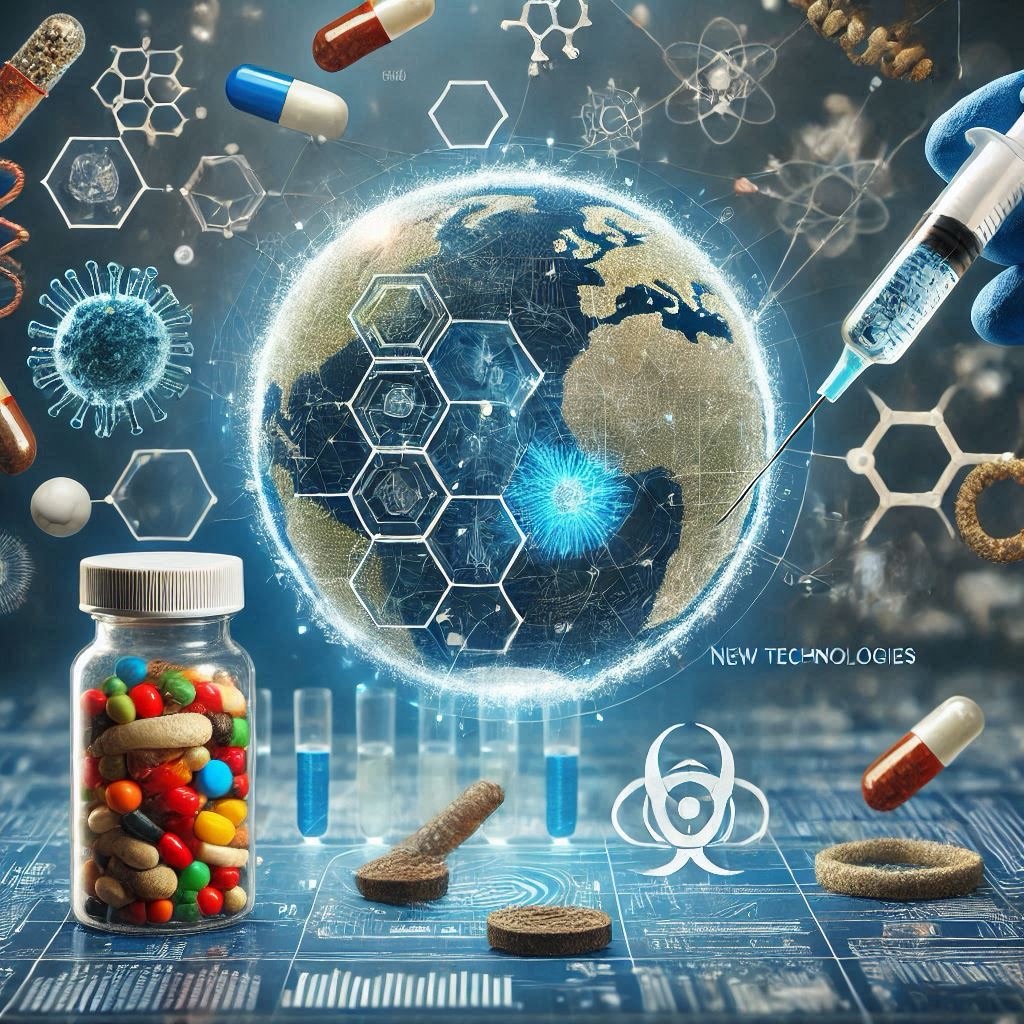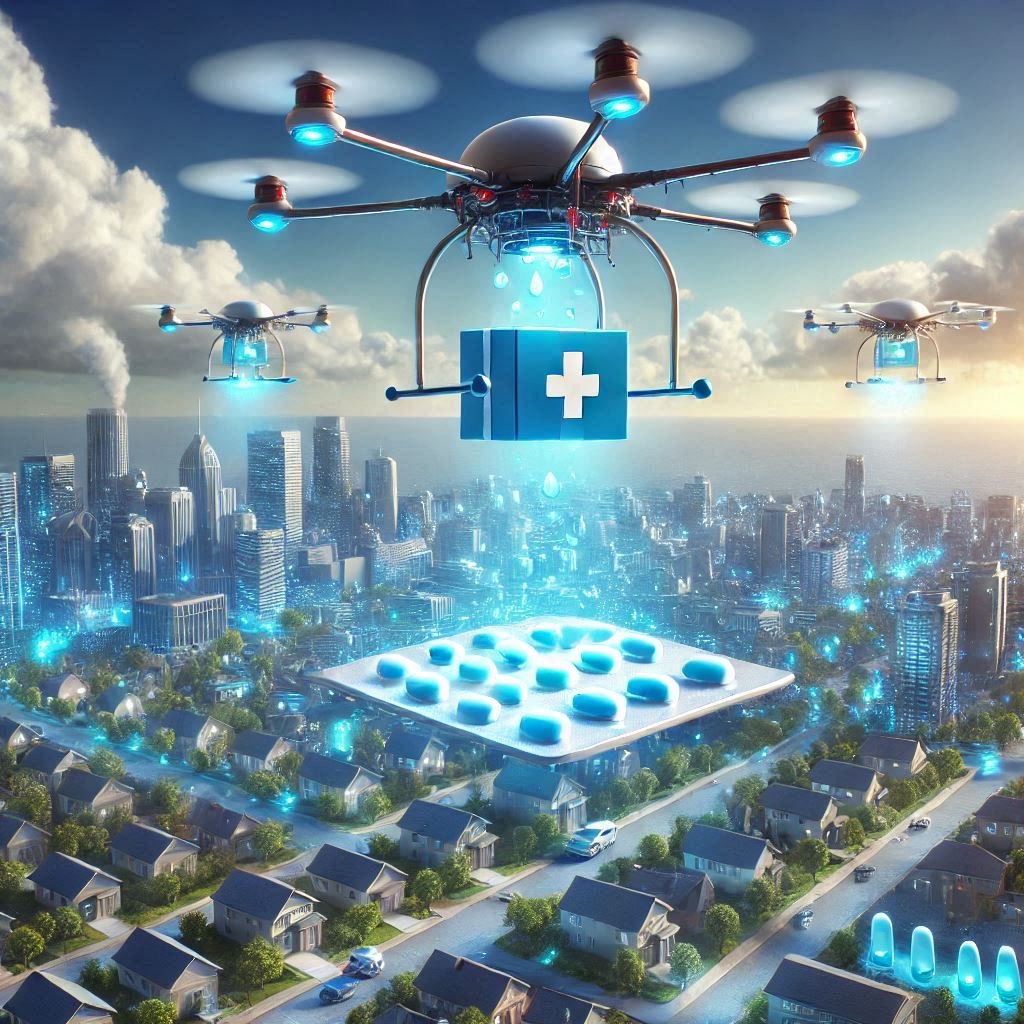
New developments of the Avelife Institute of Nanotechnology
The Institute of Nanotechnology and Organic Products “Avelife” improves the methodology and creates modern tools and products to increase crop yields, restore soils and water bodies.
The pharmaceutical industry is at the forefront of scientific progress, constantly adapting to the challenges of the modern world. In recent years, new technologies, innovative approaches to treatment and global events such as the COVID-19 pandemic have dramatically changed the approach to drug development. In this article, we will discuss the key trends that shape the future of the pharmaceutical industry.
Personalized medicine involves the creation of medicines and therapies adapted to the patient’s unique genetic and physiological characteristics.
Key developments:
– Gene therapy: The use of CRISPR/Cas9 to correct genetic defects. An example is the drug Zolgensma, which treats spinal muscular atrophy.
– Biomarkers: Their use allows for a more accurate determination of the effectiveness of therapy for a particular patient, which significantly increases the chances of successful treatment.
A personalized approach not only improves the effectiveness of treatment but also reduces the cost of therapy.

Artificial intelligence is being actively implemented in pharmaceuticals to optimize drug development and testing.
How it works:
– Molecule modeling: AI helps to quickly find promising molecules for new drugs. For example, DeepMind’s AlphaFold system accurately predicts the structure of proteins.
– Clinical trials: AI analyzes huge amounts of data to help select participants faster and predict outcomes.
– Accelerating development: Machine learning systems reduce the time for drug discovery from 10-15 years to 5-7 years.
The mRNA technology that became revolutionary during the COVID-19 pandemic is gaining more and more applications.
New opportunities:
– Vaccines against infectious diseases (influenza, HIV).
– Therapies for oncological diseases.
– Treatment of rare genetic diseases.
Companies such as BioNTech and Moderna are expanding research in this area, opening up prospects for the widespread use of mRNA in treatment.

The human microbiome plays a key role in regulating health. Scientists are investigating how the bacteria living in our bodies can help fight diseases.
New achievements:
– Medicines for the treatment of Crohn’s disease, irritable bowel syndrome.
– Using microbes to improve the immune response in cancer therapies.
– Restoration of the microbiome after antibiotic therapy.
Biopharmaceuticals, such as antibodies, peptides and enzymes, play a leading role in modern pharmacology.
Examples:
– Monoclonal antibodies: Used to treat cancer, autoimmune diseases, and COVID-19.
– Biosimilars: More affordable alternatives to biologic drugs that make treatment cheaper for patients.
Biopharmaceuticals are opening up new horizons in the treatment of diseases that were previously considered incurable.
New approaches to drug delivery make therapies more effective and safe.
Trends:
– Nanotechnology: The use of nanoparticles to precisely deliver drugs to the site of injury.
– Controlled-release medications: Allows you to reduce the frequency of medication and side effects.
– Smart pills: Electronic pills that monitor the patient’s condition and adjust the dosage of medications.

Digital platforms are becoming an important element of modern medicine.
What it is:
– Mobile applications for health monitoring and therapy adherence.
– Digital drug delivery devices, such as inhalers with Bluetooth monitoring.
– Integration of digital systems into clinical trials.
Pharmaceutical companies are adapting their production to the principles of environmental sustainability:
Pharmaceutical development is currently undergoing an unprecedented transformation driven by disruptive technologies, changing therapeutic approaches and new challenges. Innovations such as mRNA therapies, artificial intelligence, biopharmaceuticals, and personalized medicine are opening up new horizons in treatment. These trends not only increase the effectiveness of medical interventions, but also change the very essence of the interaction between the patient and the healthcare system.

The Institute of Nanotechnology and Organic Products “Avelife” improves the methodology and creates modern tools and products to increase crop yields, restore soils and water bodies.

On June 20, 2025, the head of the Institute of Nanotechnologies and Organic Products “AVELIFE”, Timur Levda, attended a fundraising consultation meeting held at the “France” Hotel in Vinnytsia.

In a world where every third banner screams “eco!”, the consumer no longer believes words. He wants to see. Feel. Be immersed. And this is where immersive marketing begins.